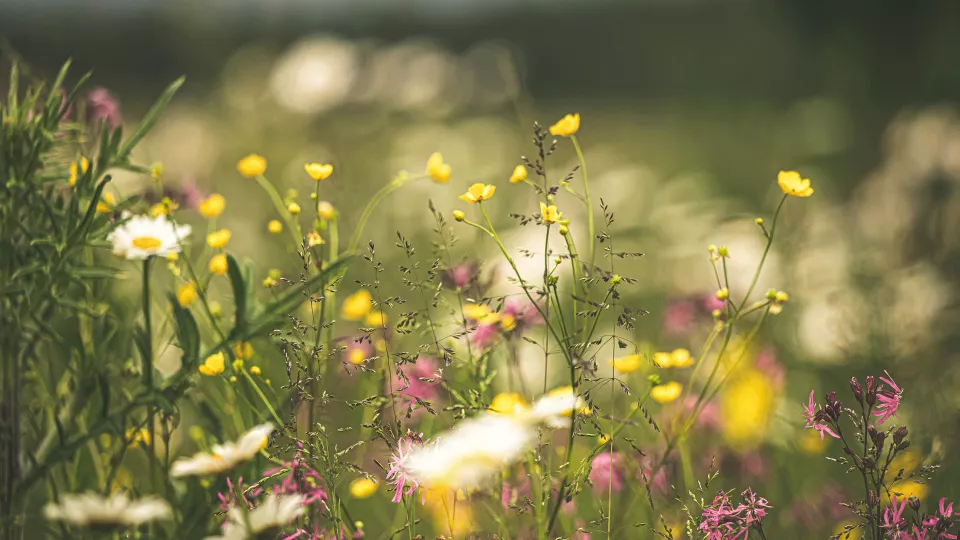Oskar Löfgren defended last year his thesis "Remote sensing of grassland communities: integrated effects of soil nutrients and habitat age". Now it has won a notable prize. Bengt Jönsson's award in botany is awarded by the Sydskånska physiographic society every five years, to a dissertation that has successfully conducted botanical studies.
Remote sensing can explain species compositions
- My dissertation investigates whether remote sensing can be used to explain variations in the presence of different plant species in grazed grasslands. Remote sensing using optical sensors mounted on aircraft or satellites can be used to analyze vegetation. Individual pixels in most remote sensing data are too coarse for plants in grasslands to be identified, but the general appearance of the vegetation can still provide information about environmental variables such as nutrient supply, says Oskar.
In this way, remote sensing can help explain the variation in the species composition of plants in grasslands. Conversely, the ecological properties of plant species can be used to indirectly identify the underlying causes of the appearance of vegetation.Plants can provide an overall picture of the habitat's characteristics that physically measured environmental variables cannot. Analyzing many species at the same time is important: each species contributes its own explanatory model for why grasslands have their own specific characteristics.
Phosphorus important nutrient variable in grasslands
Grazed grasslands are among the most species-rich environments in the world if you measure this on scales that are finer than 100 m2. The study area for Oskar Löfgren's dissertation is located on Öland and consists of grazed grasslands of different ages, from pastures on former fields to grasslands that have been grazed for hundreds of years. Species-rich old grasslands are unusual elements in today's landscape and a large part of today's pastures consist of former fields where nutrient levels are high.
- Remote analysis of grassland vegetation can explain variation in species composition, and the most important wavelength ranges for a particular species are linked to the species' relationship with different environmental variables. My results show, among other things, that the single most important nutrient variable in the grasslands was the phosphorus content in the soil; many grassland species have a very low tolerance level for phosphorus, but many plant species also have strong associations with the nitrogen supply. Species that prefer low levels of phosphorus in the soil occur to a greater extent in grasslands that reflect less light in the green spectrum, while species that are associated with the variation in nitrogen show a stronger connection with reflectance in the red and near infrared spectrum, Oskar explains.


